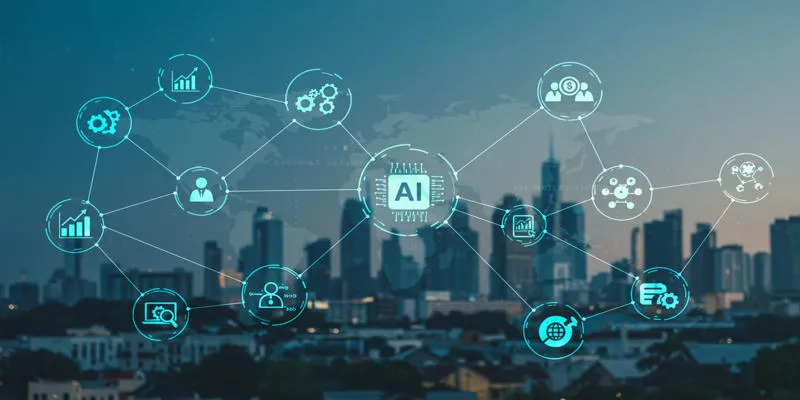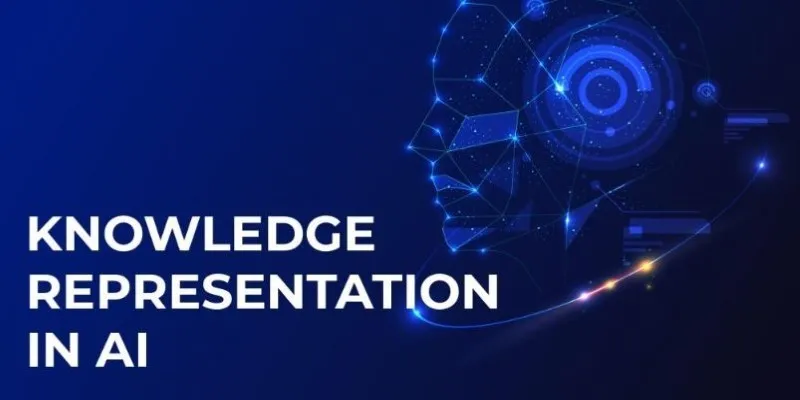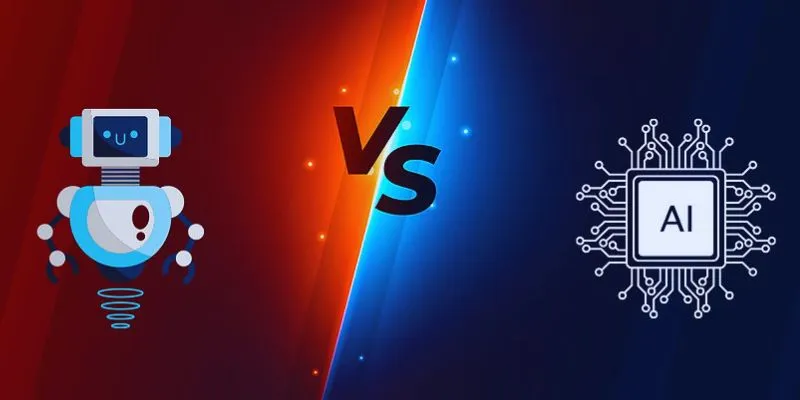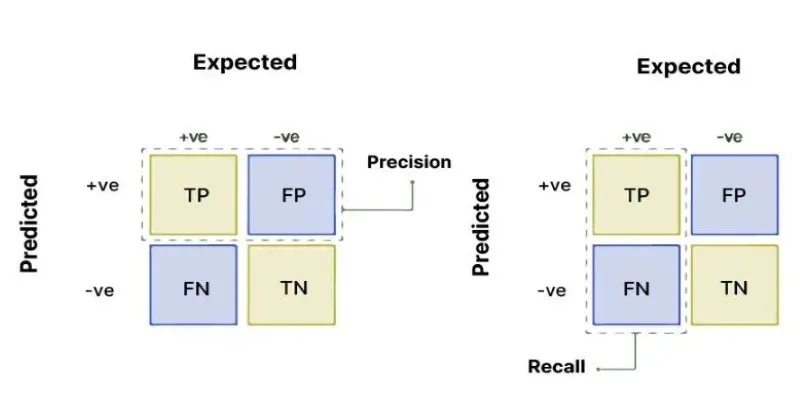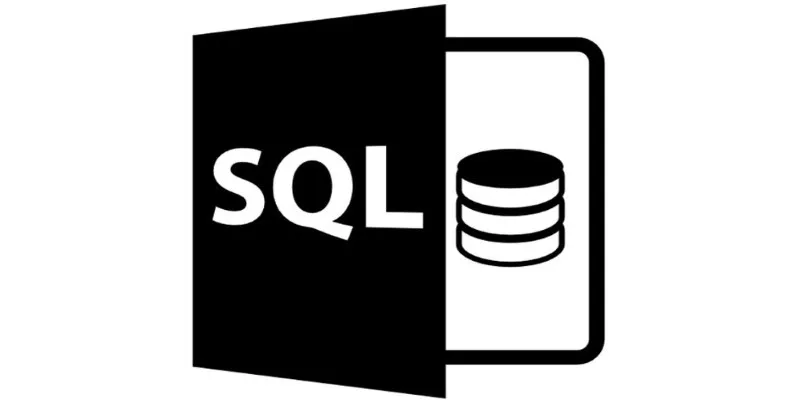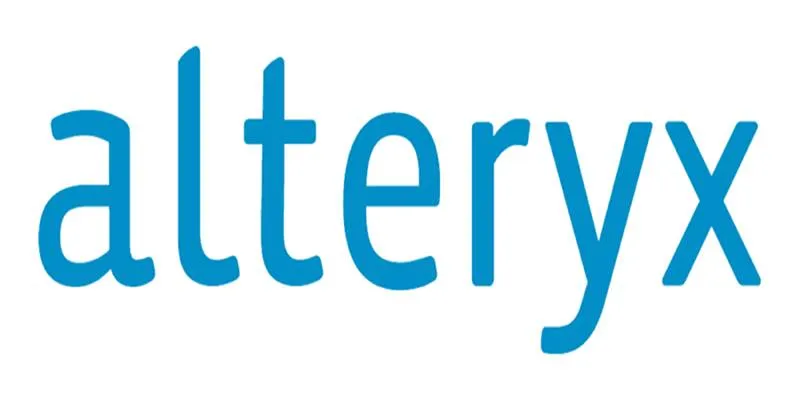Over the last few decades, artificial intelligence (AI) has transformed significantly, impacting various fields and industries. Two primary approaches have emerged as experts endeavor to understand how machines can emulate human intelligence: Symbolic AI and Connectionism. Each approach has its own theory, strengths, and weaknesses in achieving artificial intelligence. While both attempt to replicate aspects of human cognition, they do so in distinct ways.
This post will explore these methodologies, comparing their features, pros and cons, and real-world applications. By understanding these differences, you’ll gain insight into how AI is changing and how these approaches are shaping the future of intelligent systems.
What is Symbolic AI?
Symbolic AI, also known as “Good Old-Fashioned Artificial Intelligence " (GOFAI), is based on the premise that information can be explicitly represented to enable intelligent behavior. This model posits that information is stored using symbols that represent objects, concepts, and relationships in the world. Logical rules and reasoning processes manipulate these symbols to perform tasks like problem-solving, language understanding, and learning.
Symbolic AI is grounded in the belief that human intelligence can be understood as the manipulation of symbols. For example, a dog could be represented by a symbol, and logical rules could define its relationships to other concepts like “animal” or “pet.” These rules enable a machine to reason about the world, draw conclusions, and execute tasks following set instructions.
Key Characteristics of Symbolic AI:
- Rule-based reasoning : Symbolic AI uses explicit rules to perform tasks.
- Knowledge representation : Information is encoded into symbols and structured databases.
- Transparency : Decisions made by Symbolic AI systems can often be traced and understood due to their adherence to clear rules.
What is Connectionism?

Connectionism, in contrast, is a more recent AI approach inspired by the human brain’s neural networks. Instead of using predefined symbols and rules, Connectionism centers on networks of simple, interconnected units (neurons) working collaboratively to process information. These units are trained using data, with their connections adjusted based on experience, allowing the system to learn patterns and make predictions.
In Connectionism, the model is not explicitly instructed; instead, it learns through exposure to large datasets. Over time, the neural network modifies its internal connections based on detected patterns, enhancing its ability to recognize and respond to new inputs. This process, known as machine learning, underpins many modern AI applications, including image recognition and natural language processing.
Key Characteristics of Connectionism:
- Learning from data : Connectionism relies on large datasets to train its systems.
- Neural networks : Connectionist models use artificial neurons that simulate the workings of the human brain.
- Adaptation : The system learns and adapts based on experience, improving over time.
Comparing Symbolic AI and Connectionism
Both approaches aim to create intelligent systems but differ in processing and representing knowledge.
| Aspect | Symbolic AI | Connectionism |
|---|---|---|
| Knowledge Representation | Uses explicit symbols and structured knowledge representations. | Relies on connections between neurons, where knowledge is encoded indirectly through weights and patterns. |
| Learning and Adaptation | Knowledge is manually encoded, and the system follows predefined rules. | The system learns from data through training, adapting its behavior over time. |
| Transparency | The reasoning process is transparent and understandable, as it follows clear rules. | The reasoning process is often a “black box,” making it harder to understand how decisions are made. |
| Strengths and Weaknesses | Excels in tasks requiring logic and reasoning, like solving mathematical problems or playing chess. Struggles with tasks involving learning from experience or handling uncertainty. | Performs well in tasks like speech recognition, image classification, and complex pattern recognition. However, its lack of transparency can be a limitation in situations where understanding decision-making is crucial. |
Applications of Symbolic AI
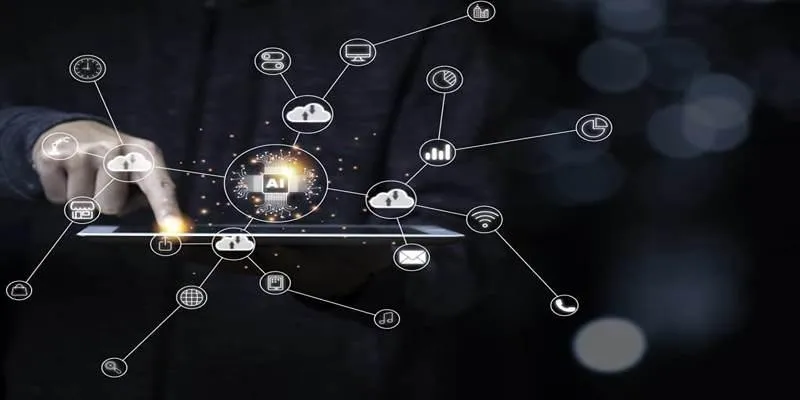
Symbolic AI has been instrumental in areas that require explicit reasoning, such as:
- Expert Systems : These systems use predefined rules to make decisions based on expert knowledge, often used in medical diagnosis, legal advice, and troubleshooting.
- Robotics : Symbolic AI is employed in robotics for tasks requiring high precision and reasoning, such as assembly lines or space exploration.
- Natural Language Processing : Early attempts at machine translation and speech recognition relied on Symbolic AI to process and understand language.
Applications of Connectionism
Connectionism, empowered by neural networks, has surged in popularity due to its success in managing large datasets and complex patterns. Common applications include:
- Image Recognition : Neural networks excel in tasks like facial recognition, object detection, and medical image analysis.
- Speech Recognition : Connectionist models are central to modern virtual assistants like Siri, Alexa, and Google Assistant, enabling them to understand and respond to spoken language.
- Autonomous Vehicles : Neural networks process sensor data and make decisions in self-driving cars.
Conclusion
In conclusion, both Symbolic AI and Connectionism offer valuable insights into artificial intelligence, each bringing unique strengths. Symbolic AI excels in tasks requiring logic and structured knowledge, while Connectionism shines in complex pattern recognition and learning from data. Despite their limitations, the future of AI may lie in hybrid models that integrate both approaches, leading to more advanced, flexible, and transparent AI systems. Understanding these methodologies is crucial to appreciating how AI continues to transform industries worldwide.
 zfn9
zfn9



